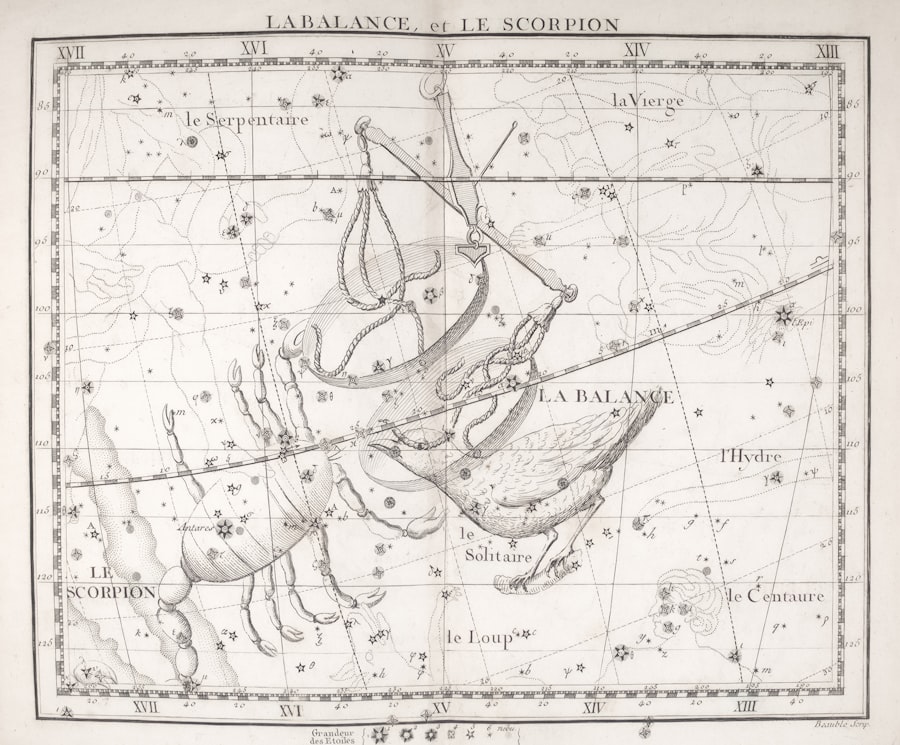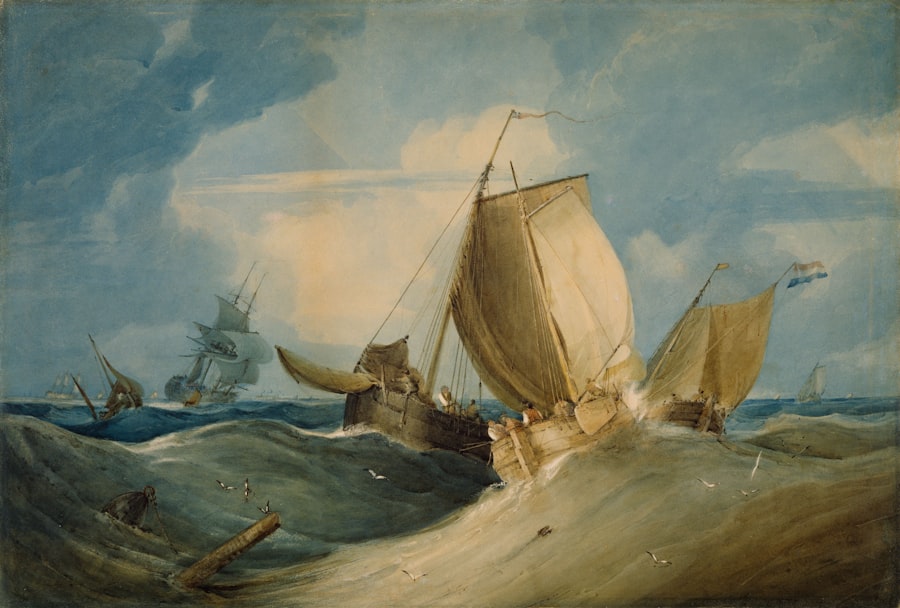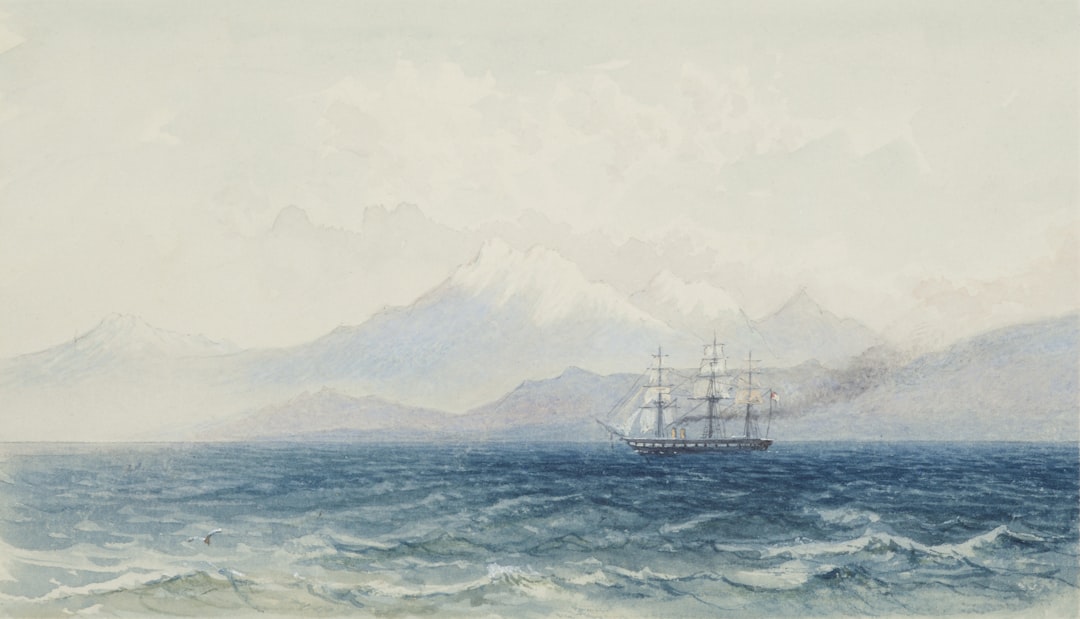The Sir Francis Drake Passage, a body of water that separates South America from Antarctica, has a rich and storied history that dates back to the age of exploration. Named after the famed English sea captain and privateer Sir Francis Drake, who navigated these waters in the late 16th century, the passage has long been a critical route for explorers, traders, and adventurers. Drake’s expedition in 1578 was significant not only for its maritime achievements but also for its role in establishing English claims to territories in the New World.
His journey through these treacherous waters marked a pivotal moment in maritime history, as it opened up new routes for trade and exploration. Over the centuries, the passage has witnessed numerous expeditions, each contributing to its legacy. The waters have been traversed by explorers seeking to chart unknown territories, whalers hunting for lucrative catches, and scientists studying the unique ecosystems of the region.
The passage has also played a crucial role in the maritime history of the Southern Hemisphere, serving as a gateway for vessels traveling between the Atlantic and Pacific Oceans. Today, it stands as a testament to human ingenuity and resilience in the face of nature’s challenges, continuing to attract those who seek adventure and discovery.
Key Takeaways
- Sir Francis Drake Passage is named after the famous English explorer and privateer, Sir Francis Drake, who is believed to have sailed through the area in the late 16th century.
- The passage is located between the southern tip of South America and the northernmost point of Antarctica, making it a crucial route for ships traveling between the Atlantic and Pacific Oceans.
- Visitors can enjoy activities such as wildlife watching, bird watching, kayaking, and cruising through the stunning icy landscapes of the passage.
- The area is home to a diverse range of wildlife, including penguins, seals, whales, and a variety of seabirds, as well as unique flora adapted to the harsh polar environment.
- The best time to visit Sir Francis Drake Passage is during the austral summer, from November to March, when the weather is milder and wildlife is most active.
The Geographical Features of Sir Francis Drake Passage
The geographical features of the Sir Francis Drake Passage are as diverse as they are dramatic. Stretching approximately 600 miles (970 kilometers) from Cape Horn in Chile to the South Shetland Islands off the coast of Antarctica, this passage is characterized by its turbulent waters and unpredictable weather patterns. The convergence of the Atlantic and Pacific Oceans creates a unique marine environment, where strong currents and winds can pose significant challenges for navigation.
The passage is often marked by rough seas, making it both a formidable barrier and a vital thoroughfare for maritime traffic. In addition to its challenging conditions, the passage is home to stunning natural landscapes. Towering mountains and rugged coastlines frame the waters, while icebergs and glaciers dot the horizon, creating a breathtaking backdrop for those who venture into these remote regions.
The interplay of light and shadow on the icy surfaces adds to the ethereal beauty of the area, making it a photographer’s paradise. The geographical features of the Sir Francis Drake Passage not only define its character but also contribute to its ecological significance, supporting a rich diversity of marine life.
The Best Activities to Enjoy in Sir Francis Drake Passage

Visitors to the Sir Francis Drake Passage are presented with a plethora of activities that cater to various interests and adventure levels. One of the most popular pursuits is wildlife watching, as the passage is teeming with marine life.
The thrill of spotting a breaching humpback whale or a playful seal basking on an iceberg is an unforgettable experience that draws nature enthusiasts from around the globe. For those seeking more active adventures, kayaking offers an intimate way to explore the passage’s stunning landscapes. Paddling through icy waters surrounded by towering glaciers allows adventurers to connect with nature on a deeper level.
Guided kayaking tours often include opportunities to navigate through narrow channels and get up close to wildlife, providing an exhilarating experience that combines physical activity with breathtaking scenery. Additionally, hiking excursions on nearby islands allow visitors to immerse themselves in the rugged beauty of the region while learning about its unique ecosystems.
The Flora and Fauna of Sir Francis Drake Passage
| Species | Number | Location |
|---|---|---|
| Albatross | 500 | Sir Francis Drake Passage |
| Seals | 300 | Sir Francis Drake Passage |
| Penguins | 1000 | Sir Francis Drake Passage |
| Whales | 50 | Sir Francis Drake Passage |
The flora and fauna of the Sir Francis Drake Passage are as diverse as they are fascinating.
The waters are rich in nutrients, making them a prime feeding ground for various marine organisms.
Krill, small shrimp-like crustaceans, form the foundation of the food web here, attracting larger species such as seals, penguins, and whales. The abundance of life in these waters is a testament to the ecological importance of the passage. On land, the islands surrounding the passage boast unique vegetation adapted to harsh conditions.
Hardy grasses, mosses, and lichens thrive in this challenging environment, providing sustenance for grazing animals like sheep and seabirds. The region is also home to several species of penguins, including the iconic Gentoo and Chinstrap penguins, which can be seen nesting along rocky shores. Birdwatchers flock to this area to observe various seabirds, including albatrosses and petrels, which soar gracefully above the waves.
The interplay between land and sea creates a vibrant ecosystem that captivates visitors and underscores the importance of conservation efforts in this fragile environment.
The Best Time to Visit Sir Francis Drake Passage
Determining the best time to visit the Sir Francis Drake Passage largely depends on what travelers hope to experience during their journey. The summer months from November to March are generally considered ideal for exploration. During this period, temperatures are milder, ranging from 30°F (-1°C) to 50°F (10°C), making outdoor activities more enjoyable.
Additionally, wildlife is more active during these months; visitors can witness penguin chicks hatching and whales migrating through the passage. However, those seeking solitude may find that visiting during the shoulder seasons—late spring or early autumn—offers a unique experience. Fewer tourists venture into these waters during these times, allowing for a more intimate connection with nature.
While weather conditions can be unpredictable year-round, travelers should be prepared for sudden changes in temperature and conditions regardless of when they choose to visit. Ultimately, each season brings its own charm to the Sir Francis Drake Passage, ensuring that every visit is memorable.
The Top Attractions to See in Sir Francis Drake Passage

The Sir Francis Drake Passage is home to several attractions that draw visitors from around the world. One of the most notable is Cape Horn, often regarded as one of the most treacherous maritime passages on Earth. This iconic landmark holds historical significance as it marks the southernmost point of South America and has long been a symbol of adventure for sailors navigating these challenging waters.
Visitors can marvel at its rugged cliffs and dramatic seascapes while learning about its storied past. Another must-see attraction is Deception Island, an active volcanic caldera that offers a unique glimpse into geological processes at work. The island’s distinctive shape and geothermal activity create an otherworldly landscape that captivates explorers.
Visitors can hike along its black sand beaches or take a dip in its warm volcanic waters—a rare opportunity in such a remote location. Additionally, Whalers Bay on Deception Island serves as a reminder of the region’s whaling history, with remnants of old whaling stations still visible along its shores.
The Best Ways to Explore Sir Francis Drake Passage
Exploring the Sir Francis Drake Passage can be an exhilarating experience, with various options available for adventurers seeking to uncover its secrets. One popular method is through organized cruises that offer comprehensive itineraries covering key attractions and activities in the region. These cruises often provide expert guides who share insights into the area’s history, ecology, and culture while ensuring travelers have access to comfortable accommodations onboard.
For those looking for a more hands-on approach, small-group expeditions or chartered yachts provide an intimate way to explore hidden gems within the passage. Kayaking excursions allow participants to navigate through narrow channels and get up close to wildlife while enjoying breathtaking views from sea level. Additionally, guided hiking tours on nearby islands offer opportunities for exploration on foot, allowing visitors to immerse themselves in the stunning landscapes while learning about local flora and fauna.
The Local Culture and Traditions of Sir Francis Drake Passage
The local culture surrounding the Sir Francis Drake Passage is deeply influenced by its maritime heritage and indigenous communities. Historically inhabited by indigenous peoples such as the Yaghan and Selk’nam tribes, these cultures have rich traditions rooted in their connection to the land and sea. Visitors may encounter remnants of their history through archaeological sites or cultural exhibitions that showcase traditional crafts and practices.
In contemporary times, fishing communities along the coasts continue to uphold their maritime traditions while adapting to modern influences. Local festivals celebrating maritime heritage often feature traditional music, dance, and cuisine that reflect the region’s unique cultural tapestry. Engaging with local communities provides travelers with valuable insights into their way of life while fostering appreciation for their resilience in preserving cultural identity amidst changing times.
The Best Places to Stay Near Sir Francis Drake Passage
When planning a visit to the Sir Francis Drake Passage, accommodation options range from luxurious lodges to cozy guesthouses catering to various budgets and preferences. For those seeking comfort amidst stunning natural surroundings, eco-lodges situated along coastal areas offer breathtaking views while prioritizing sustainability practices. These lodges often provide guided tours and activities that allow guests to fully immerse themselves in their surroundings.
For travelers looking for more budget-friendly options, hostels or guesthouses in nearby towns provide comfortable accommodations without sacrificing access to adventure opportunities. Many establishments offer local insights and connections for excursions into the passage itself or surrounding areas—ensuring visitors have access to unforgettable experiences during their stay.
The Top Dining Options Near Sir Francis Drake Passage
Dining near the Sir Francis Drake Passage presents an opportunity for visitors to savor local flavors while enjoying stunning views of their surroundings. Seafood takes center stage in many restaurants due to its proximity to rich fishing grounds; fresh catches such as king crab or Patagonian toothfish are often featured on menus alongside traditional dishes inspired by indigenous cuisine. In addition to seafood establishments, travelers can find charming cafes serving hearty meals made from locally sourced ingredients—perfect for refueling after a day of exploration.
Many dining options also prioritize sustainability by sourcing ingredients responsibly or offering plant-based alternatives that reflect growing trends toward eco-conscious dining practices.
Tips for a Safe and Enjoyable Visit to Sir Francis Drake Passage
To ensure a safe and enjoyable visit to the Sir Francis Drake Passage, travelers should prioritize preparation before embarking on their journey. Researching weather conditions ahead of time is crucial; packing layers suitable for varying temperatures will help ensure comfort throughout excursions. Waterproof gear is also recommended due to unpredictable weather patterns common in this region.
Additionally, engaging with reputable tour operators who prioritize safety measures can enhance overall experiences while exploring these remote waters. Understanding local wildlife guidelines—such as maintaining safe distances from animals—will contribute positively toward conservation efforts while allowing visitors memorable encounters with nature’s wonders. In conclusion, exploring the Sir Francis Drake Passage offers an unparalleled adventure filled with rich history, stunning landscapes, diverse wildlife encounters, and cultural experiences that leave lasting impressions on all who venture into this remarkable region.
Sir Francis Drake, the renowned English sea captain and privateer, is a figure of great historical significance, particularly in the context of the British Virgin Islands (BVI). His voyages through the Caribbean, including the passage that now bears his name, Sir Francis Drake Channel, are well-documented and continue to capture the imagination of historians and travelers alike. For those interested in exploring more about the geographical and historical aspects of the BVI and its connection to Sir Francis Drake, a related article can be found on MyGeoQuest. This resource provides insightful information about the region’s history and geography. You can read more about it by visiting this link.
WATCH NOW! Drake Passage: Earth’s Deadliest Waters Revealed
FAQs
What is the Sir Francis Drake Passage in the BVI?
The Sir Francis Drake Passage is a body of water located in the British Virgin Islands (BVI). It is a popular sailing route that connects the Caribbean Sea to the Atlantic Ocean.
Who was Sir Francis Drake?
Sir Francis Drake was an English sea captain, privateer, and explorer who lived during the 16th century. He is known for his circumnavigation of the globe and his involvement in the defeat of the Spanish Armada.
Why is the Sir Francis Drake Passage significant?
The Sir Francis Drake Passage is significant because it provides a strategic and scenic route for sailors and yachtsmen traveling through the Caribbean. It is also known for its beautiful turquoise waters and picturesque islands.
What are some popular activities in the Sir Francis Drake Passage?
Popular activities in the Sir Francis Drake Passage include sailing, yachting, snorkeling, and diving. The area is also known for its stunning coral reefs and marine life.
Are there any historical sites in the Sir Francis Drake Passage?
Yes, there are several historical sites in the Sir Francis Drake Passage, including the remains of shipwrecks and old forts. These sites offer a glimpse into the area’s rich maritime history.
